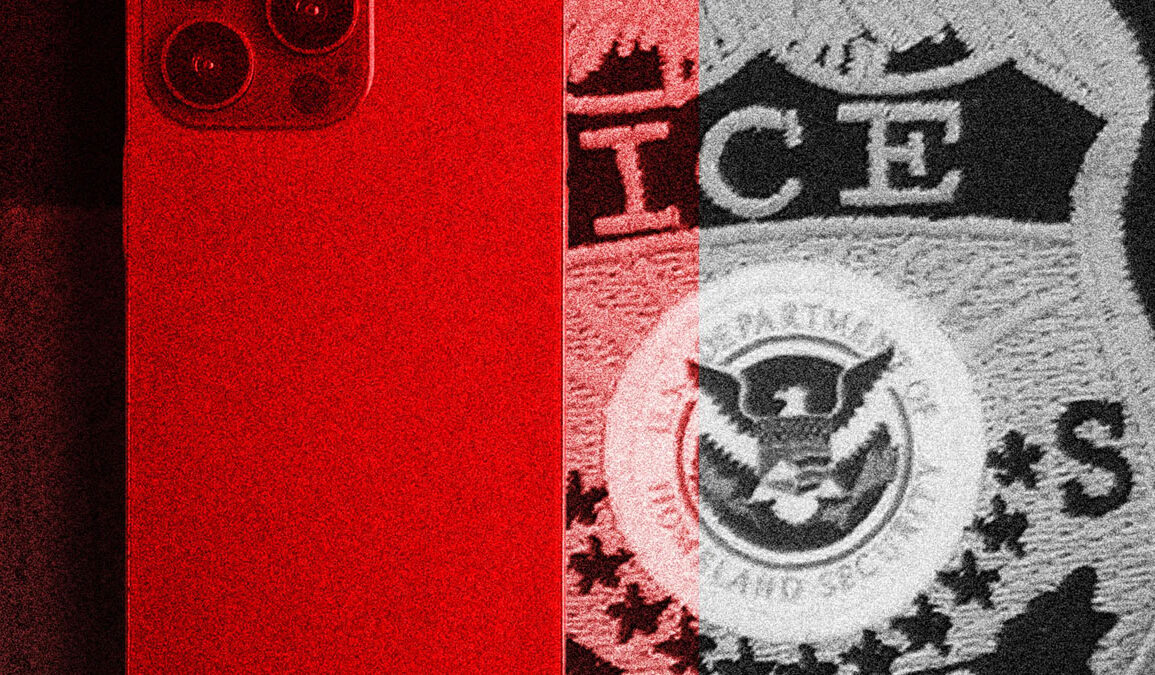Immigration and Customs Enforcement is dramatically increasing its surveillance capabilities, using sophisticated new technologies to track what it calls radical antifa-linked agitators and immigration violators. Federal contracting records show a massive surge in new purchases over the past several months, signaling a shift toward building one of the largest domestic intelligence networks in the agency’s history.
A Record-Breaking Spending Wave
In September, ICE recorded roughly 1.4 billion dollars in new contract spending, the highest monthly amount in at least 18 years. Much of that spending is explicitly directed toward long-term investigations involving immigration offenses and protest groups associated with antifa.
The spending surge follows an executive order from President Donald Trump that officially designated antifa as a domestic terrorist organization. That order instructed federal agencies to identify, track, and disrupt the networks behind violent anti-government demonstrations and anti-ICE protests. ICE’s acting director, Todd Lyons, said the agency’s focus would be realigned to meet that directive.
“We are modernizing enforcement to identify and neutralize threats before they can endanger agents or the public,” Lyons said, describing the effort as a national security priority. According to him, the new surveillance tools will help the agency “connect the dots faster” and “stop threats in real time.”
The New Arsenal of Surveillance
ICE’s recent contracts reveal a wide array of technologies designed to extend its reach far beyond traditional policing. Among the most notable purchases are:
- A 4.6 million dollar mobile iris-scanning system that allows field agents to instantly match biometric data against federal and state databases.
- A 3.75 million dollar agreement with Clearview AI, a facial recognition platform built on billions of publicly available online photos.
- Commercial spyware capable of bypassing encryption on popular messaging apps and extracting information from locked smartphones.
- Data-tracking systems like Penlink’s Tangles and Weblocs, which analyze social media content, dark-web activity, and live cellphone location signals.
Together, these tools will give ICE analysts the ability to monitor communications across Facebook, TikTok, WhatsApp, X, Reddit, and other platforms for digital traces linked to specific suspects. Officials say the technology will help uncover coordination behind violent protests and illegal activity.
The Targets and Their Purpose
While ICE has not named specific individuals, officials confirmed the agency is targeting what it calls “ringleaders” of anti-ICE and anti-government demonstrations. The goal, they say, is to prevent coordinated attacks against immigration facilities and officers.
The expansion of this technology has raised alarm among civil liberties groups. Many argue that such broad powers risk violating privacy rights and discouraging lawful protest. Critics are particularly concerned that ICE has not clarified whether it will require court warrants before using tools that can hack phones or track individuals continuously. The agency has only said that internal policies are “still being drafted.”
Former acting ICE director John Sandweg, who served during the Obama administration, warned that the agency’s rapid growth in surveillance power could have unintended consequences. “These acquisitions raise substantial concerns,” Sandweg said. “ICE may now hold surveillance capabilities comparable to elite federal counterterror units, but without equivalent oversight or accountability.”
Civil rights advocates share those worries. They say that if ICE uses spyware or facial recognition technology against political activists, journalists, or protesters, it could chill free expression and erode long-standing constitutional protections.
Senator Ron Wyden of Oregon was particularly blunt. “I’m extremely concerned about how ICE will use spyware, facial recognition and other technology to further trample on the rights of Americans and anyone who Donald Trump labels as an enemy,” Wyden said.
The White House has defended the expansion, arguing that new tools are necessary to respond to what it describes as escalating extremist threats directed at federal officers and immigration centers. Supporters in Congress have echoed that view. Many conservative lawmakers have praised ICE for taking what they see as long-overdue steps to modernize its enforcement capabilities.
Critics, however, warn that this modernization could easily cross the line into mass surveillance. Civil liberties lawyers point out that the Fourth Amendment protects citizens from unreasonable searches and seizures, and they fear ICE’s new powers could be used to bypass those limits.
The rollout of ICE’s surveillance infrastructure is expected to continue into 2026, with new systems and databases being integrated into a single nationwide intelligence platform. Legal experts predict that the expansion will face challenges in federal court as activists and privacy advocates seek to limit its scope.
Observers note that this new approach represents a turning point for the agency. ICE has long been focused on immigration enforcement, but with these tools, it is increasingly functioning as an intelligence service within the United States. Whether that shift strengthens national security or undermines constitutional freedoms will depend on how the technology is used and how strictly it is monitored.
For now, ICE is pressing ahead, armed with facial recognition, spyware, and digital tracking systems that allow it to follow suspects across both physical and virtual landscapes. Supporters see it as a long overdue modernization of federal law enforcement, while opponents warn that America is inching toward a surveillance state. The ultimate question is whether the pursuit of security will come at the cost of liberty
NP Editor: Any time a law enforcement agency is given a mission to spy it makes me nervous – because the targets are Americans. In recent years, law enforcement, in particular the FBI has been lax in terms of getting the proper warrants, and the judges qualified to work in the classified world have not done their jobs.
And I am even more concerned that when Democrats come back to power, all of this will be turned against conservatives, as it has been in the recent past.








